When you think of British brands, you might think of luxury, elegance, and heritage. But what makes them so appealing to the wealthy and the elite?
One possible reason is that British brands are synonymous with old money, or the idea of having a long and prestigious family history.
The Old Money aesthetic found its roots in TikTok at the beginning of 2023. It’s a hashtag associated with “quiet luxury”, quality garments, and the lifestyle to match. With over 4.5 billion views on TikTok as of this writing, the hashtags #oldmoneyaesthetic, #stealthwealth, and #quietluxury will continue to rise.
Old money is often associated with aristocracy, nobility, and royalty, which are all part of British culture and identity. British brands tap into this sense of tradition and exclusivity, offering products and services that reflect the values and tastes of the upper class.
For example, Burberry is known for its iconic trench coat, which was originally designed for British soldiers in World War I. The brand has since evolved into a fashion powerhouse, but it still retains its heritage and quality. Another example is Rolls-Royce, the epitome of luxury cars. The brand was founded in 1904 by two British engineers, and it has been producing vehicles that combine engineering excellence and artistic craftsmanship ever since. Rolls-Royce cars are not only expensive but also rare and bespoke, making them a symbol of status and power.
These are just some of the examples of how British brands are synonymous with old money. They appeal to customers who want to feel part of a privileged and exclusive group, who value tradition and quality over trends and mass production, and who aspire to a lifestyle that is refined and sophisticated.
The old-money aesthetic is not limited to a specific social hierarchy. In fact, quiet luxury is less about wealth and more about exuding confidence — picking elevated essentials that not only last a lifetime but that make you feel like 100 million bucks, regardless of your fashion budget. With the right selection of fabrics, color palettes, and style choices, you can dress your way into a party at The Hamptons, or a stunning vacation in Mallorca this summer.
Here is the list of Great British brands that you should add to your old money aesthetic vocabulary if you want to give a good impression to someone, or just for your own personal appreciation.
Purdey London
Purdey, founded in London in 1814, specializes in bespoke sporting shotguns and rifles. Its rich heritage and impressive clientele - it holds three Royal Warrants – attest to its position as one of the country’s finest gunmakers. However, it was only in 1973 when the then-owner’s wife suggested Purdey should expand its Audley House premises in order to offer customers a range of fine quality shooting wear that the clothing arm of the business was born. Now with ranges for both men and women, technical styles include breeks, game jackets, and field coats, with more versatile options such as silk shirts and cashmere sweaters to take you from country to city and back again.
Asprey
Asprey is a British retailer of jewelry, leather, silver, and other luxury goods. Founded in 1781, the House has historically been recognized as one of the world’s pre-eminent luxury goods brands and has a substantial client base of members of royalty, heads of state, and important actors on the world stage.
For over two centuries, Asprey has been regarded as a top British luxury lifestyle brand and the Bruton Street Flagship Store is considered a must-see London destination.
Asprey’s broad product assortment includes jewelry, leather goods, accessories, silver, watches, clocks, first edition leather bound books, china, crystal, games, silk, and accessories.
Crockett & Jones
Crockett & Jones is a shoe manufacturing company, established in 1879 by Charles Jones and Sir James Crockett in Northampton, England. They were able to establish the company with a grant from the Thomas White Trust. It specializes in the manufacture of Goodyear-welted footwear.
The brand has gained widespread recognition for appearing in various James Bond movies. In "Skyfall," Bond (played by Daniel Craig) wears the Tetbury chukka boot, as well as the Alex, the Highbury, and the Islay. In "Spectre," he sports the Camberley double monk strap shoe, along with the Northcote, Norwich, Radnor and Swansea. The Alex also makes another appearance. Bond wears two Crockett & Jones shoes in "No Time to Die" — the Highbury again and the Molton chukka boot.
These sleek and stylish shoes perfectly capture the sophisticated, understated aesthetic of James Bond, making them a natural fit for the character's wardrobe. Their reputation as the James Bond shoes have helped to solidify Crockett & Jones' status as a luxury brand that embodies timeless elegance and impeccable craftsmanship.
Many well-known figures, including Daniel Craig, David Beckham, and Prince William, have been spotted wearing these handmade men's shoes.
Crockett & Jones shoes are no more expensive than other high-end, handmade footwear. Their price reflects the craftsmanship and quality of materials that go into the shoes, as well as the company's eight-week manufacturing process. Crockett & Jones footwear is a good investment, considering they last 10 years or longer.
Proudly Made in England, for more than 140 years the brand has handcrafted its shoes at the company’s Northampton, England facility.
Huntsman
Huntsman is a bespoke tailor of the highest tradition, with a history that stretches back over 170 years making the most extraordinary clothes for discerning gentlemen and ladies.
Founded in 1849, the first Huntsman shop was established at No. 126 New Bond Street when founder Henry Huntsman purchased a “Gaiter and Breeches Maker” formed forty years prior in 1809. As a bespoke tailor that incorporated an equestrian wear workshop, the house quickly gained a reputation for dressing the hunting and riding aristocracy of Europe for much of the nineteenth century, a specialism that became the very foundation of the house. Huntsman continues to do equestrian and sporting tailoring today and Henry Huntsman’s very own breeches are still displayed in the company’s Savile Row shop.
In 1886, the company earned its first Royal Warrant as a Leather Breeches Maker to HRH the Prince of Wales (later Edward VII). This was swiftly followed by that of Queen Victoria’s second son HRH Prince Albert, Duke of Saxe Coburg Gotha in 1876 and Queen Victoria herself in 1888. The company had by this point established itself as the premier destination for riding and country attire, a reputation which was retained throughout the twentieth century, during the Golden Era of Hollywood; photographs of Clark Gable and David Niven dressed in our riding breeches remain in the company’s archives today. The Duke of Windsor began to favor Huntsman’s riding attire at the advent of the 1920s and soon spread the word amongst much of his social circle.
Hunter
Founded in Scotland in 1856, by Henry Lee Norris, the North British Rubber Co., later to become known as Hunter Boot Ltd. made rubber boots, as well as other durable rubber products. The boots quickly became the most popular and profitable category. The North British Rubber Co. began to expand the offering to create boots suited for everyone, from dairy farms to field boots. Hunter became known for its practicality and knack for creative forward-thinking designs, a legacy that continues today.
At the heart of the brand lies the Original Wellington Boot. First introduced in 1956, the globally recognized boot stands as a testament to our commitment to excellence.
Hunter has built on its heritage, expanding the footwear collection to outerwear, bags, and accessories. Embracing both rural and urban settings, our function-driven pieces are meticulously designed for outside performance, always seamlessly blending function with style.
Not to mention that Hunter Wellington Boots are the favorite outdoor pairs of several royalties such as the late Queen Elizabeth II, late Princess Diana, Lady Gabriella Windsor, and even the current King Charles III.
Lock & Co. Hatters
Established in 1676, Lock & Co is the oldest hat shop in the world & one of the oldest family-owned businesses still in existence.
Revered for centuries-honed craftsmanship, the brand’s innovative designs have graced the heads of some of the greatest figures in history. Admiral Lord Nelson wore the bicorne in the Battle of Trafalgar. Sir Winston Churchill adopted the Cambridge and Homburg hats as his trademarks.
Their luxury hats are not only born out of fashion but also functionality, as the celebrated Coke hat testifies. Named after nobleman Edward Coke, who commissioned Lock in 1849 to create a style hardy enough for his gamekeepers, the hat has transcended time to become a true classic.
No matter the customer, what they have all come to expect from Lock is the best: the best designs, the best fabrics, the best service. These principles were established at the beginning by founder James Lock and continue to be upheld by the 7th generation of the family, who still run the business from the same shop at No. 6 St. James’s Street today. Two royal warrants attest to our commitment to quality that is trusted.
Ettinger
Founded by Gerry Ettinger in 1934, the company is still family-owned and run by his elder son, Robert Ettinger, one of the few remaining British luxury leather goods companies still manufacturing in the UK and prides itself on designing and handcrafting only the finest leather goods.
Having worked as a film producer in Italy and Germany (where he worked with Marlene Dietrich), Gerry Ettinger used his extensive contacts in continental Europe and England to create a range of luxury gifts, which became renowned throughout the UK for quality and innovation.
In 1996, in recognition of the work carried out for the Royal Household, Ettinger of London was appointed with a Royal Warrant to HRH the Prince of Wales.
Hancocks London
The story begins in the heart of Victorian London with Mr. Charles Frederick Hancock establishing his eponymous firm on the corner of Bond Street and Bruton Street in 1849. Dealing with the finest jewelry, silver, and gemstones Hancocks quickly builds a reputation for excellence. Within a year the company had been granted a Royal Warrant by Queen Victoria and was soon counting many of the principal sovereigns of Europe as patrons.
In 1856 Queen Victoria entrusted Hancocks with the making of the newly introduced Victoria Cross, the highest military award for gallantry in the British armed forces, an honour that we continue to uphold today. Whilst times have certainly changed since then, the firm is still family-run with a focus on antique, signed, and bespoke jewels of the very finest quality.
Today the jewellery collection consists of the very finest examples from antique to retro, offering their clients jewels from the very greatest jewellery houses to have existed. In keeping with their heritage they are specialists in old-cut diamonds and gemstones, using them to make exquisite unique pieces created by some of the most experienced craftsmen alive today.
Royal Warrants and Appointments held by Hancocks:
Queen Victoria — 1849 & 1861
The Princess of Wales (Edward VII) — 1863
King George V — 1911
Queen Elizabeth, The Queen Mother — 1962
John Smedley
Known as the creator of the World’s Finest Knitwear. Established in 1784, we are the oldest manufacturing factory in the world, crafting beautiful, high-quality garments that are designed to last, made in England, and distributed the world over.
The John Smedley story began during the infancy of the Industrial Revolution at the factory in Lea Mills, Derbyshire where still stands today, over 230 years later.
In 1784 the factory started life producing simple muslin fabric and spinning cotton and in 1825 moved on to producing more complex garments using one of the first ever fully fashioned knitting machines, creating the original “Long Johns”.
Moving onto 1914 they began exporting to the far reaches of the globe and over time established themselves as one of Britain’s most famous clothing brands.
Within the 1950s and 60s, it became the brand of choice for many famous faces, including Marilyn Monroe, Audrey Hepburn, and the Beatles amongst many others, and by 1980 had established itself as the go-to knitwear brand for British designers such as Dame Vivienne Westwood and Sir Paul Smith.
In year 2000, the brand opened its first store on the iconic Brook Street in Mayfair, London, and in 2012 cemented its style credentials by presenting at London Collections: Men, the first-ever British Men’s Fashion Week. The following year John Smedley was granted the Royal Warrant of Appointment as a “Manufacturer of Fine Knitwear” by Her Majesty Queen Elizabeth II, a testament to its trusted quality.
Today, they continue to innovate, and recent triumphs include the re-launch of our womenswear line at London Fashion Week in 2015, and their contemporary new unisex capsule collection ‘Singular’ being the first ever unisex knitwear collection launched within the UK.
Sunspel
Over 160 years of British craftsmanship and pioneering fabric innovation go into every Sunspel garment. Founder Thomas Hill opened his hosiery and underwear factory in Newdigate, Nottingham. Thomas Hill was not just an innovator with a lifetime’s knowledge and experience of textile development, he was also a visionary. His aim was to make beautiful, everyday clothing from the world’s finest materials – high-quality, durable garments that felt great against the skin.
By the turn of the 20th century, Thomas A. Hill Ltd was making hosiery and undergarments from the finest cashmere, merino wool, silk, and cotton and supplying customers across the world with luxurious everyday clothing.
By 1900, the company imported Caribbean Sea Island cotton, the world’s rarest and finest cotton. This new fabric established the company’s reputation for unparalleled luxury, and in 1908 the business manufactured some of the world’s earliest luxury T-shirts – simple lightweight tops made from Sea Island cotton for export to the Far East.
Following the collapse in global trade caused by the Great Depression, the business fell back on domestic sales of luxury underwear made from Sea Island cotton. In 1932 the company even briefly changed its name to ‘Sea Island Cotton Ltd.’ From 1935 the key underwear line is called ‘Sunspel’ as a nod to the ‘sunny spells’ of the Caribbean where the cotton is grown, and ‘Sunspel Ltd’ is formally adopted as the name of the business two years later.
The Sunspel factory relocated in 1937 from Nottingham to its current home in nearby Long Eaton, where we still remain today.
In 2010, Sunspel opened its first standalone store, in Shoreditch’s Redchurch St. Over the next ten years, further stores were opened in some of London’s best-known shopping destinations: Old Compton St, Soho; Jermyn St, Piccadilly; Chiltern St, Marylebone; Kensington Park Rd, Notting Hill and Duke of York Square, Chelsea. In 2018, Sunspel opened a flagship US store in SoHo, New York.
Sunspel continues to be rooted in its local community – and is the only brand to manufacture luxury T-shirts from its own factory in the UK.
Joseph Cheaney & Sons
Joseph Cheaney established the company in 1886, and in 1896, along with his son Arthur, they moved to the site that the factory occupies today.
During the first 80 years of business, the factory-made shoes exclusively for some of the finest retailers around the world, branded to their individual company requirements.
Joseph Humfrey Cheaney, the founder’s grandson who worked for the company for 51 years, realized that the company’s future lay in building up its own Cheaney brand for its home and export markets. In 1964, determined to see the legacy built up by the family continue, the decision was taken to sell the business to Church’s English Shoes. The Cheaney brand then became available to retailers all over the world, backed by a comprehensive stock service from the Desborough factory.
In 1966 Cheaney won the Queen's Award for Industry and in 2016, the Queen’s Award for Enterprise in International Trade.
In 2009 Jonathan and William Church bought the company. Their family has been making fine shoes for five generations and they are fully committed to producing the finest footwear entirely made in England.
Mulberry
Born in 1971, the roots of Mulberry are in Somerset, England. Mulberry's founder, Roger Saul, established the brand on his kitchen table, with £500 back from his mother. His sister designed our instantly recognizable tree logo - both that and the name “Mulberry” come from the trees he would pass each day on his way to school. The first designs were buckled leather belts, with other collections following soon after, including the original bags and womenswear. The hallmarks of these Mulberry collections - timeless design coupled with traditional quality - are threads that run through everything we make.
Mulberry's heritage is quintessentially British. Early inspiration was drawn from London's dynamism, combined with styles synonymous with English rural pursuits - hunting, shooting, fishing - and Mulberry's utterly individual style came to be dubbed "Le Style Anglais". The idea still inspires us. Between town and country, between Somerset serenity and London energy, Mulberry combines authentic, age-honored craft with an innovative edge. Heritage meets a modern sense of rebellion - the rules are broken to make something new.
Penhaligon’s
In 1869, a young Cornish-born man named William Henry Penhaligon started work in an elegant Turkish bath on Jermyn Street as a barber. From an early age, Henry had been passionately interested in perfumery and ‘coiffure‘ – and with a keen nose for business, soon opened his own salon just a few doors along spiffy Jermyn Street.
It wasn’t long before Penhaligon began creating his own lotions, potions, and wonderful scents for his clients – and the perfume house of Penhaligon’s was born. London society was impressed – and even more importantly, so was the Royal Family, who appointed William Penhaligon as Royal Barber and Perfumer to the Royal Court, during Queen Victoria‘s reign. In 1903, Queen Alexandra granted Penhaligon its first Royal Warrant. Fast forward to today, and Penhaligon still proudly holds two of these prestigious Warrants – from the Duke of Edinburgh (granted in 1956) and The Prince of Wales (1988).
There’s probably no more prized recognition of quality and excellence than a Royal Warrant of Appointment – but nowadays, Penhaligon’s is loved and worn by all types of perfume lovers, not just the rich and royal.
Penhaligon’s remains a Great British Success Story: the fragrances are still made and bottled in England, with the same reverence for the highest quality ingredients – though today, these embrace innovative fragrance technologies, such as CO2 extraction and nature-print technology, so that each bottle contains a blend of the traditional and the new. (The classic bottle, though, still echoes William’s original design: clear glass, with a distinctive ribbon around the sensuous glass stopper.
Some of Penhaligon’s creations are an elegant nod to the past: Hammam Bouquet (created in 1872) was inspired by the Piccadilly Turkish Bath where William first worked. Blenheim Bouquet – as worn by Winston Churchill – was conceived for the Duke of Marlborough in 1902.
Tusting
Supple and subtle, a Tusting bag is quintessentially British in its sustainable stylishness. Beautifully aged fine leathers are handcrafted through up to 250 stages to create a bag of beauty that will only improve over the years, its patina becoming attractively aged rather than jaded. There are no monogrammed repetitive patterns or elaborate excesses allowed on a Tusting bag – no, just classic styles that are timeless, and not fickle flights-of-fancy-fashion.
Founded in 1875 in rural Buckinghamshire, the Tusting family have quietly and competently crafted luxury leather goods, specializing in high-quality leather baggage from travel luggage, briefcases, satchels, and handbags to today’s technological accessories; iPhone and iPad cases and covers. So proud is the company of its heritage, that it often uses local villages as names for its bags, honoring generations of local craftsmen and women who have loyally labored over leather to create the authenticity of the brand that has become a global entity.
Most of the bags crafted in bucolic Buckinghamshire end up a long way from home. The Far East is totally taken with Tusting – with the brand becoming increasingly popular in China, but especially with the Japanese who are keen and discerning customers that insist on knowing the ‘what, when, where, who, and how’ behind their purchase. There is even an increasing appreciation for the heritage and authenticity of an object within the British audience.
Tusting already collaborates with other iconic British companies such as Aston Martin and Church’s shoes, and the sight of Kate & William’s ‘Explorer’ bag has set a subtle trend, which keeps Tusting as a kind of semi-secret ‘stealth wealth’ brand, for those who appreciate substance as well as style.
Liberty London
When the adventurous founder Arthur Lasenby Liberty laid plans for a London emporium laden with luxuries and fabrics from distant lands, his dream was to metaphorically dock a ship in the city streets. To this day, a voyage of discovery awaits on the good ship Liberty, with history hidden amongst six floors of cutting-edge design, unexpected edits, and beautiful wares from the world's greatest craftspeople.
In 1875, Arthur borrowed £2,000 from his future father-in-law and took a building on Regent Street, London with just three dedicated staff and plenty of ambition.
Liberty's collection of ornaments, fabric, and objets d'art from around the world proved irresistible to a society intoxicated at the time by Japan and the East and Liberty effected social change in interior design and dress, so much so that the Art Nouveau period in Italy is called 'Liberty Style'. Within eighteen months the loan was repaid.
A realization of Arthur's original vision, the magnificent Great Marlborough Street shop followed in 1924.
The 1920s was a time of Tudor revival, considered the most crafted and English of architecture, so the shop was engineered around three atriums. Designed to feel like a home, each atrium was surrounded by smaller rooms, complete with fireplaces and furnishings. Ever the purveyor of craftsmanship, Arthur Liberty had a furniture workshop in Archway, London. Run by Lawrence Turner, the workshop produced Liberty Arts and Crafts furniture and the intricately carved panels and pillars found throughout the store. The craftsmen allowed his fantasy, ensuring every ornament was a one-off - paving the way for discovery.
Sadly, Arthur died seven years before the building's completion so never saw his dream realized. But, his statue stands proudly at our Flower Shop entrance to welcome you warmly into his emporium of wonder.
The building is now a heritage-listed London icon and today, Liberty is famed for its directional design, cultural collaborations, and inspiring curation. Our dedicated in-house design studio is still at the core of all that we do, hand painting and creating our beautiful prints, and reworking finds from the 45,000-strong archive.
Looking for more heritage luxury brands? Save this post to keep you updated.

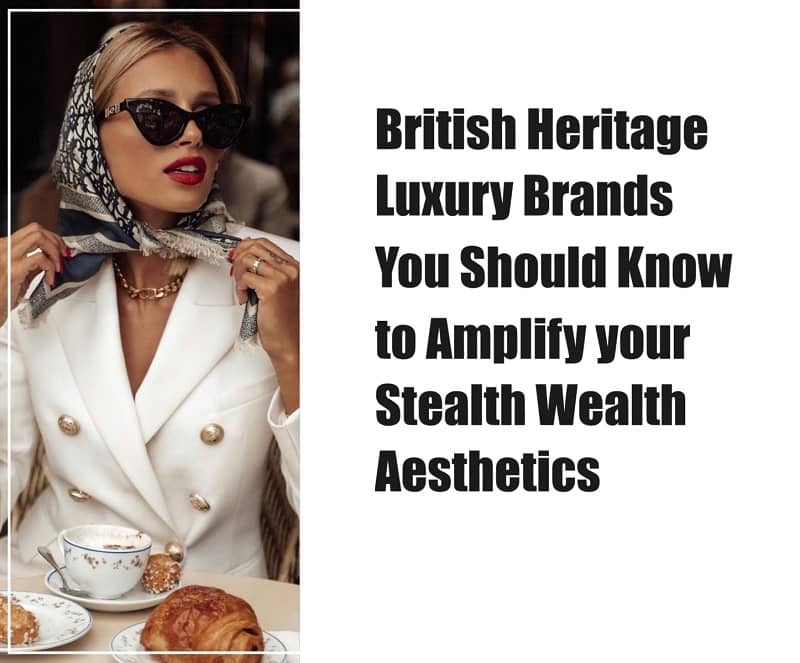

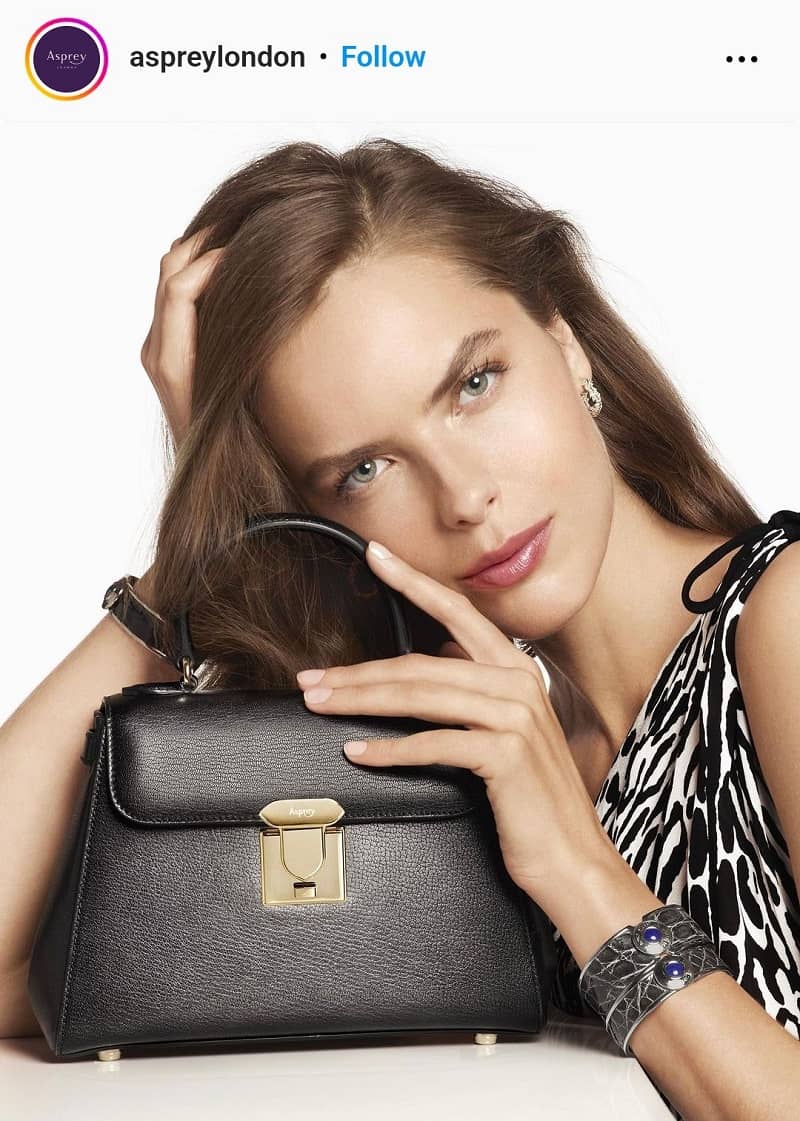



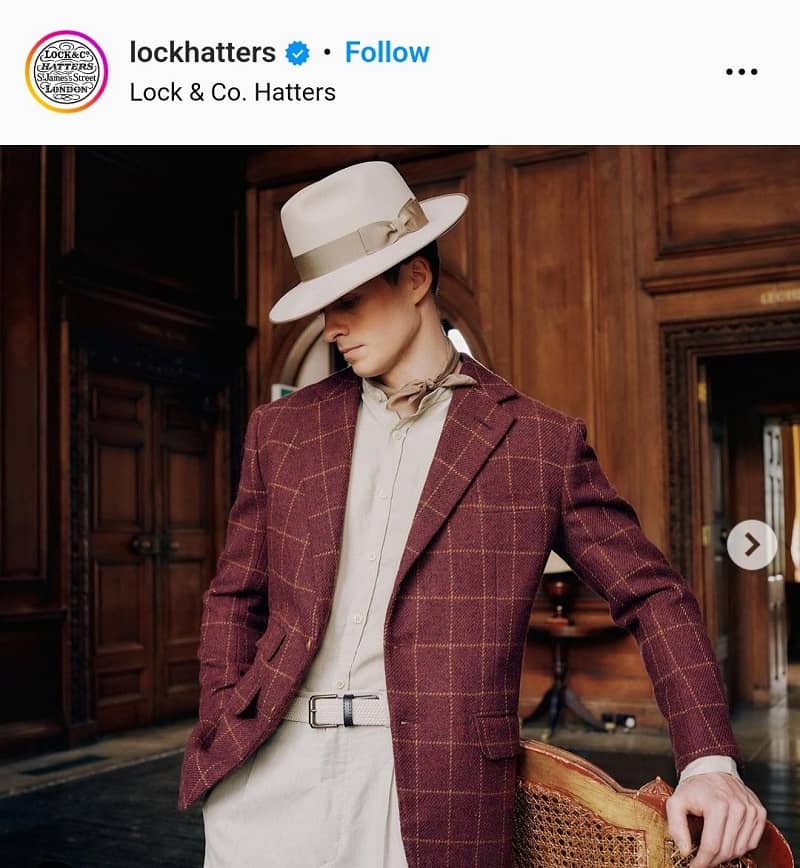




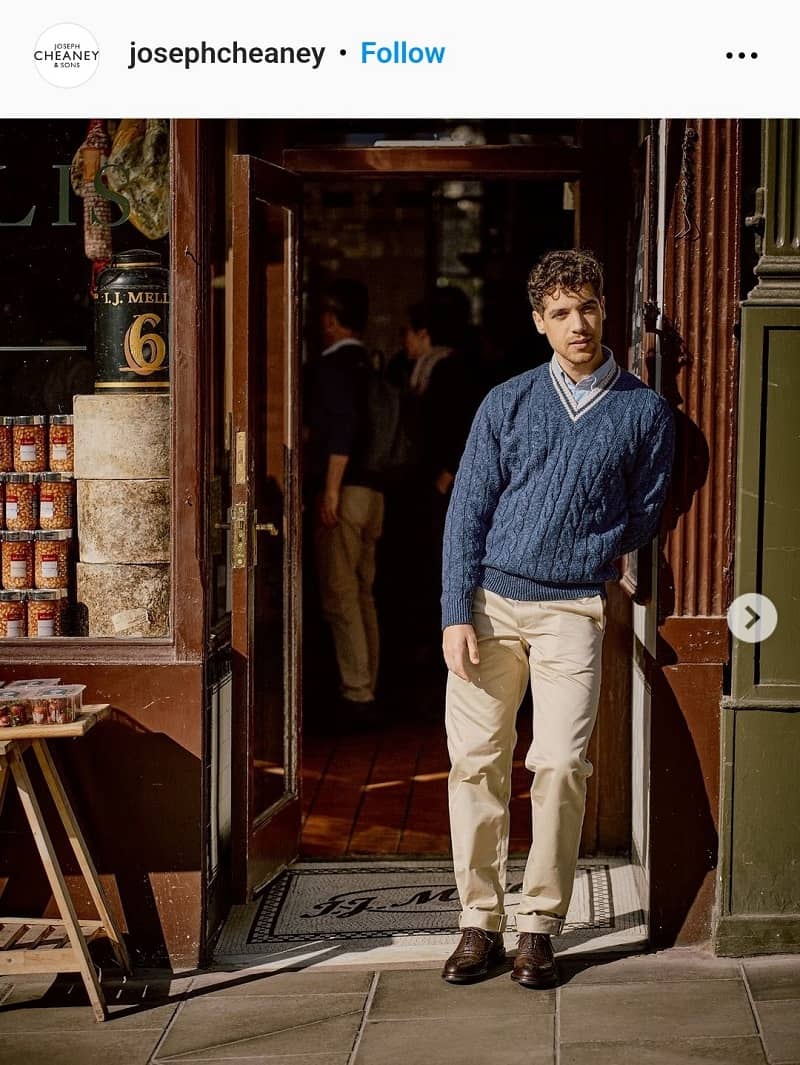






















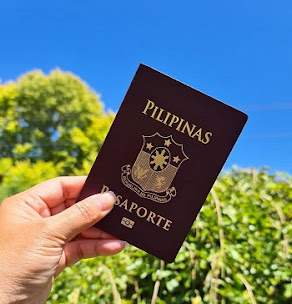
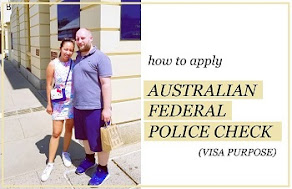



Post a Comment